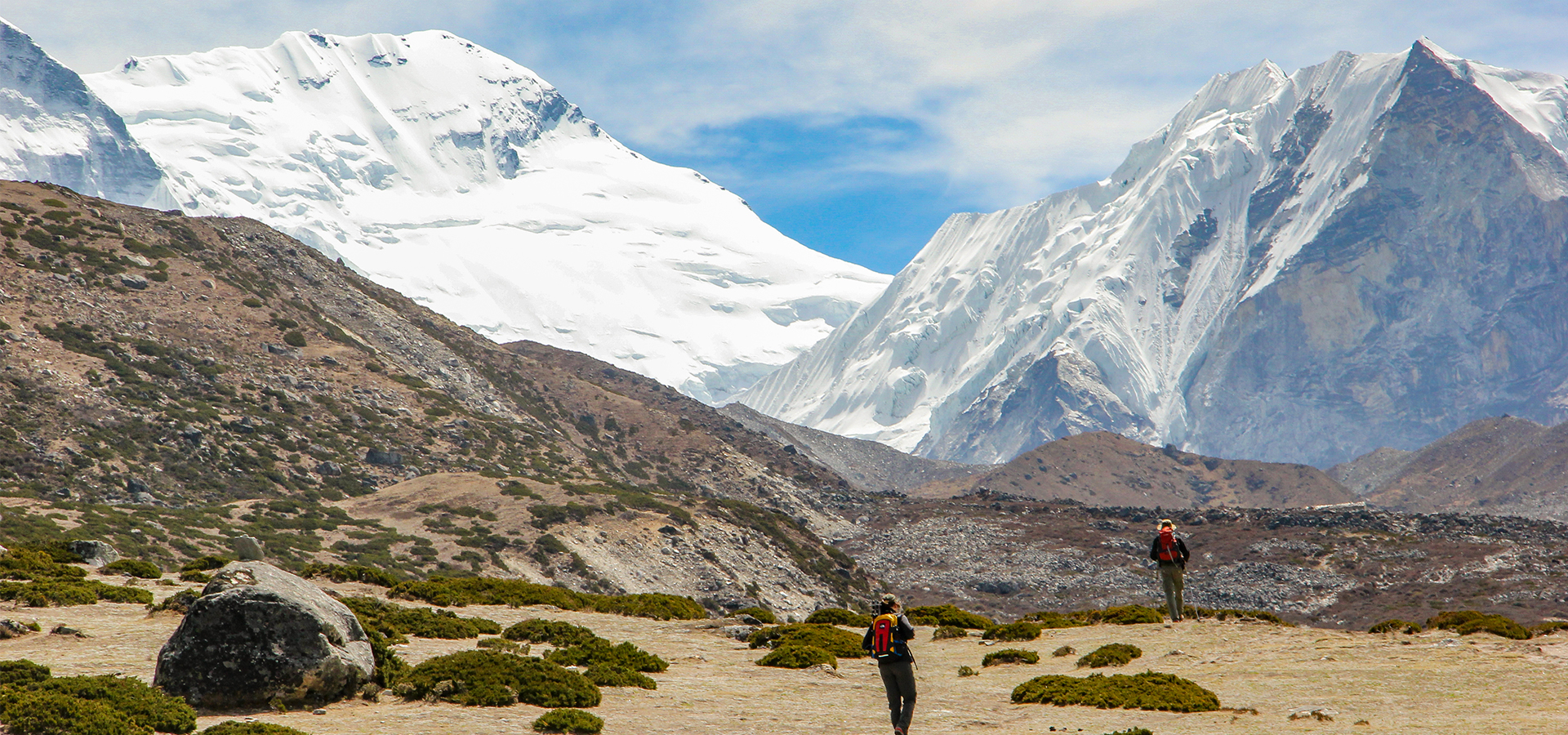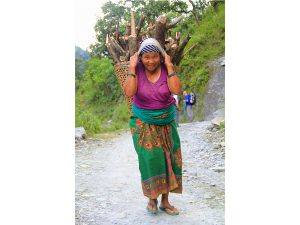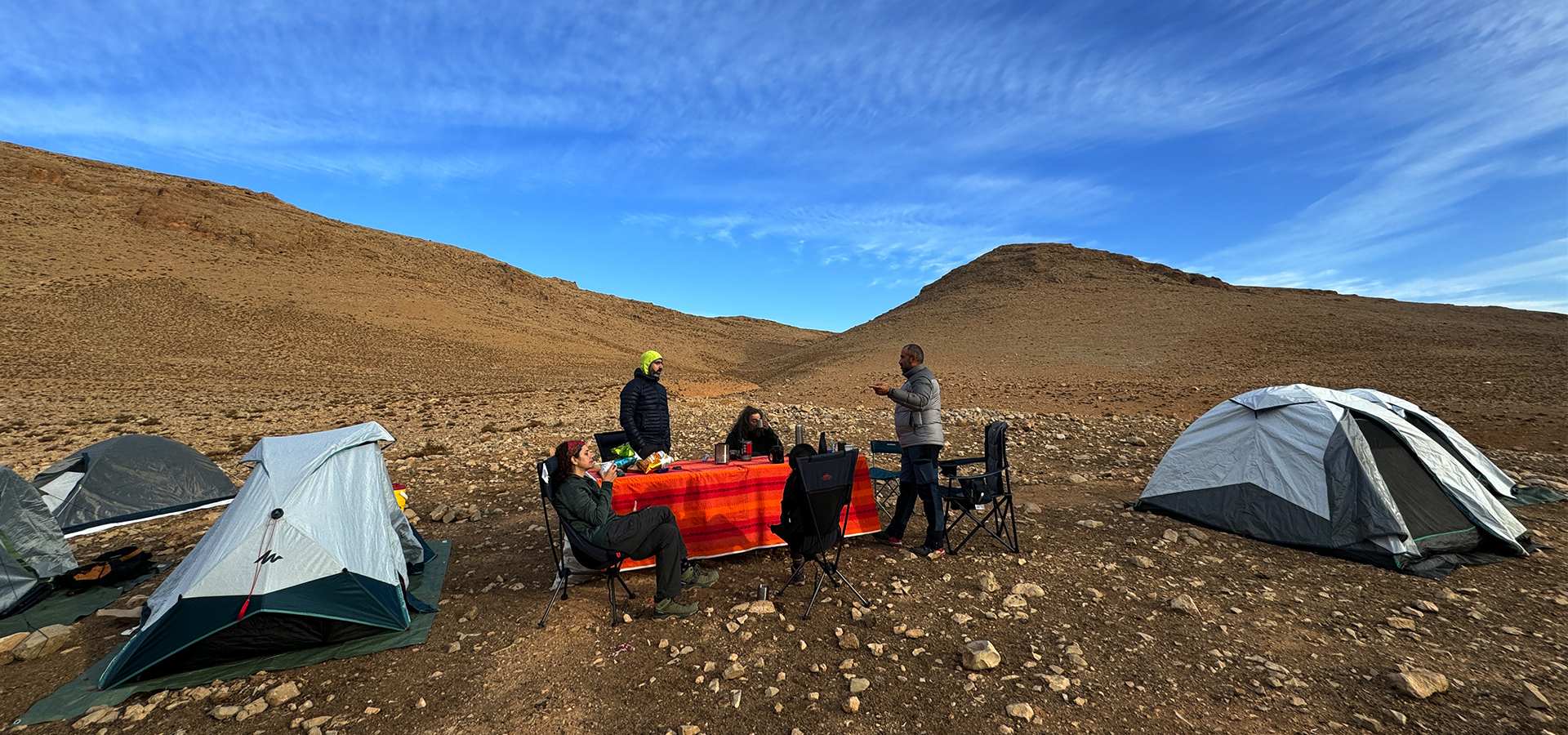
WHAT MAKES A NATIVE HIGHLANDER DIFFERENT FROM YOU?
- January 19, 2021
- 0
An overview of genetic adaptations of highlanders that allow them to survive high altitudes..
It’s a fact that atmospheric pressure decreases with increased altitude, leaving us with the feeling that there is less air to breathe. Actually, the rate of oxygen diffusion into the blood is slower at high altitudes, resulting in hypoxia, a condition when the tissues are severely deprived of oxygen. People living at sea-level, or relatively low altitudes, are susceptible to hypoxia if they rapidly ascend to altitudes above 2,500 m. In its mildest form, hypoxia manifests itself by an illness called Acute Mountain Sickness (AMS) whose common symptoms include headaches, fatigue, nausea, insomnia, dizziness, and vomiting. Although our bodies are able to “acclimatize”, that is to develop temporary physiological responses to help us cope with the thin-air, such as increased heart rate, deeper and/or faster breathing, increased production of red blood cells, etc., these are only transient conditions lasting for several days or weeks only. If low-landers remain at high altitudes for years, mountain sickness and hypoxia can develop more serious complications and can lead to death in extreme cases.
So how are the permanent dwellers of the high mountains in the Tibetan Plateau, Andes or Ethiopian highlands able to survive atmospheric oxygen pressure as low as 60% of that at sea level without enduring the otherwise-fatal threats associated with these extreme conditions?
Over 140 million people live permanently at altitudes above 2,500 meters. The indigenous people of the Tibetan plateau in Asia and the Andes Mountains in South America live at altitudes in the range of 4,000 meters above sea level. Ethiopian highlands, known as the “Roof of Africa”, host major cities at elevations between 3,000 and 3,500 meters.
Amazingly, and over the course of thousands of years, these people have genetically evolved to survive the oxygen-thin air found at high altitude. Contrary to acclimatization which is reversible, genetic adaptations of the native highlanders are permanent characteristics innate to the individuals and their ancestors.
Let’s explore briefly the genetic evolution that was strong enough to have changed the physiology of whole populations to protect them from the dangers of high altitude:

#1 – Increased lung volume
To start with, a common characteristic of native highlanders around the world is an increased lung volume. Studies suggest that, relative to sea-level people, all indigenous people of the Tibetan plateau, Andean mountains and Ethiopian highlands possess a larger lung volume, allowing them to take in more air per breath.
#2 – The ability to carry more oxygen on each red blood cell
Andean highlanders in South America have additionally developed a particular trait that allows them to cope with the thin-air environment. They are able to produce an increased number of red blood cells and have a high concentration of hemoglobin in these cells. Hemoglobin is the protein in red blood cells that carries oxygen through the blood system.
Andeans exhibit the same elevated hemoglobin concentrations that low-landers exhibit at high elevations. However, not only this, they also have increased oxygen-saturation of their hemoglobin. In other words, they are able to carry more oxygen on each red blood cell, and thus more oxygen per blood volume, than other people.

#3 – Faster and deeper breathing
Tibetan highlanders have another distinct feature of their own to compensate for low oxygen levels. They don’t exhibit the elevated hemoglobin concentrations of Andeans and sea-level populations at high-altitudes. Instead, Tibetans breathe faster and deeper than either sea-level populations or Andeans.
Contrary to lowlanders who only experience hyperventilation for a short period after entering high altitudes, Tibetans retain this rapid breathing and elevated lung-capacity throughout their lifetime. This enables them to breathe larger amounts of air per unit of time.
#4 – Increased blood vessel diameter
A potential mechanism to enhance oxygen transport to tissues is an increase in blood flow. However, a normal pulmonary reaction of a low-lander to hypoxic conditions would be vasoconstriction, the narrowing of the blood vessels, which decreases blood flow. The body does this to redistribute the temporarily scarce amounts of available oxygen evenly through the areas of the lungs and body.
However, if this vasoconstriction happens in a permanently hypoxic setting, as in the case of Tibetans at high altitude, they would suffer from hypertension and other very serious pulmonary and cardiac problems. However, many people live at high altitude without having high blood pressure or heart conditions. How?
A study conducted by Harvard University in 2005 on a group of native Tibetans residing at 4,200 m concluded that this high-altitude population possesses a special factor that allows them to maintain regular blood flow when there is less oxygen to carry, without suffering the consequences of vasoconstriction. This factor is Nitric oxide (NO), a compound that normally regulates blood vessel diameter and can therefore influence blood flow. The study found out that NO is found in higher concentrations in the lungs of high-altitude natives, particularly among Tibetans.
Hence, together with increased breathing, Tibetans have an increased blood vessel diameter thanks to nitric oxide, allowing them to deliver oxygen throughout their bodies more effectively than sea-level people do.
As for the Amhara people of the Ethiopian Highlands, it is interesting that, unlike the Tibetans, they don’t breathe more rapidly than people at sea level and aren’t able to effectively synthesize more nitric oxide. Nor do they carry more oxygen than sea-level people on their blood cells, as the Andeans do. So how do Ethiopian highlanders’ bodies survive at high altitude? They must rely on a different, unknown mechanism for getting enough oxygen in these conditions. So far, this mechanism remains a mystery yet to be uncovered by scientists.
In the end, it is important to know that, despite the remarkable evolutionary adaptations mentioned, chronic mountain sickness (CMS) is almost inevitable when living at high altitudes for extended periods of time, even in native highlanders. It develops with age and causes the blood to become viscous, thus putting more workload on the heart to pump blood into the body. This is likely the result of increased red blood cell production.
In all cases, human adaptation to diverse and harsh environments remains one of the great wonders of human evolution. The native highlanders of Tibet, Ethiopia and the Andes are living proof of the unusual ability of man to adapt in unique ways, giving him the power to live and reproduce even in the most extreme territories.
References:
Hoit, B. & al. 2005. Nitric oxide and cardiopulmonary hemodynamics in Tibetan highlanders. Journal of Applied Physiology.
Robinson, Z. & Hik, D. Mountains 101. University of Alberta, Canada. Coursera.
Article by Elizabeth Brown. 2012. High-Altitude Hypoxia: Many Solutions to One Problem. Harvard University Graduate School or Arts and Sciences.
Article by Hillary Mayell. 2004. Three High-Altitude Peoples, Three Adaptations to Thin Air. National Geogrpahic.
Helen Mounzer
Environmental Expert, MSc. In Management and Conservation of Natural Resources











